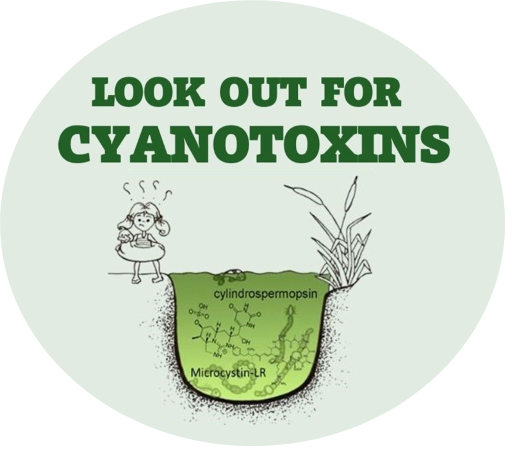The project will address two main goals: 1.) Identification and characterisation of transformation products of MC-LR and CYN formed through degradation with advanced cold plasma technologies, and 2.) Assessment of toxicological properties of transformation products compared to parent compounds (MC-LR and CYN) using advanced in vitro 3D hepatic cell model.
Specific objectives of CyanoCAPtox project are to:
- Determine the composition of gas and liquid phases in CAP system to optimize cyanotoxin degradation efficiency and enhance our understanding of the underlying mechanisms that govern the degradation process of cyanotoxins.
- Assess cyanotoxin removal efficiency during plasma exposure and identify transformation products from interactions with plasma-induced reactive oxygen and nitrogen species (RONS), using targeted and non-targeted mass spectrometry.
- Systematically assess the efficiency of the plasma technologies in reducing the toxicity of cyanotoxins and determine the safety profile of the tested compounds.
- Assess the adverse effects of MC-LR and CYN and their TPs after selected plasma degradation times, considering both acute and chronic exposure as well as elucidate and compare the mechanisms of action both parent compounds and formed TPs.
The project will address two main goals: 1.) Identification and characterisation of transformation products of MC-LR and CYN formed through degradation with advanced cold plasma technologies, and 2.) Assessment of toxicological properties of transformation products compared to parent compounds (MC-LR and CYN) using advanced in vitro 3D hepatic cell model.
The CyanoCAPtox project seeks to address crucial gaps in our current understanding of the use of cutting-edge CAP technologies for the effective degradation of cyanotoxins, contributing significantly to the improvement of drinking water purification methods. The acquired data will enable us to assess whether the TPs exhibit a lower or higher toxicological potential compared to the parent compounds (e.g., MC-LR, CYN), consequently indicating a lower or higher risk to human health. Through achieving these objectives, the project intends to deepen our understanding of reactive plasma species, transformation pathways, and the toxicological profiles of both MC-LR, CYN and their formed TPs.

